Vent hood - Height above the range?
luclin999
15 years ago
Featured Answer
Sort by:Oldest
Comments (6)
weissman
15 years agoRelated Professionals
Cuyahoga Falls Kitchen & Bathroom Designers · Greensboro Kitchen & Bathroom Designers · St. Louis Kitchen & Bathroom Designers · Sun City Kitchen & Bathroom Designers · Williamstown Kitchen & Bathroom Designers · 20781 Kitchen & Bathroom Remodelers · Cleveland Kitchen & Bathroom Remodelers · Fairland Kitchen & Bathroom Remodelers · Garden Grove Kitchen & Bathroom Remodelers · Sun Valley Kitchen & Bathroom Remodelers · Tulsa Kitchen & Bathroom Remodelers · East Moline Cabinets & Cabinetry · Homer Glen Cabinets & Cabinetry · Rowland Heights Cabinets & Cabinetry · Salisbury Cabinets & CabinetryUser
15 years agoclinresga
15 years agokaseki
15 years agoUser
15 years ago
Related Stories
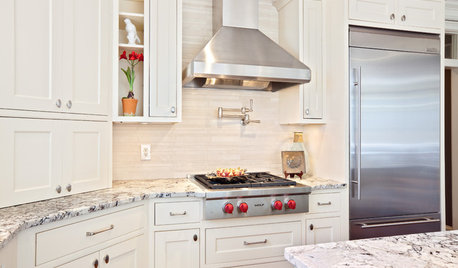
KITCHEN DESIGNHome Above the Range: Smart Uses for Cooktop Space
With pot fillers, shelves, racks and more, you can get the most function out of the space above your kitchen range
Full Story
KITCHEN APPLIANCESWhat to Consider When Adding a Range Hood
Get to know the types, styles and why you may want to skip a hood altogether
Full Story
KITCHEN DESIGNWhat to Know When Choosing a Range Hood
Find out the types of kitchen range hoods available and the options for customized units
Full Story
5 Stunning Modern Range Hoods
Today's kitchen range hoods can look like sleek sculptures. Here's what to look for when you go shopping for one
Full Story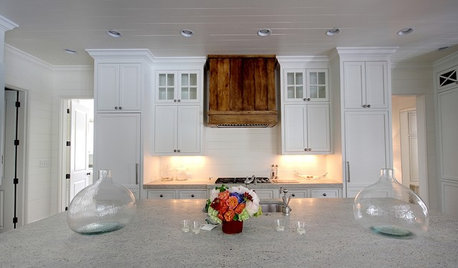
KITCHEN DESIGNWood Range Hoods Naturally Fit Kitchen Style
Bring warmth and beauty into the heart of your home with a range hood crafted from nature's bounty
Full Story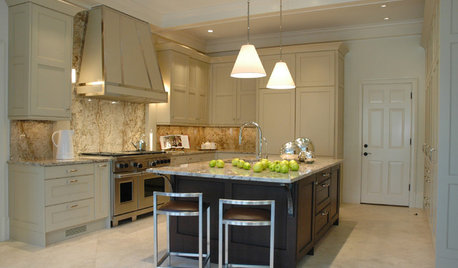
KITCHEN DESIGN8 Industrial-Luxe Kitchen Hood Styles
Make a Statement with Show-Stopping Metal Range Hoods
Full Story
KITCHEN DESIGNA Cook’s 6 Tips for Buying Kitchen Appliances
An avid home chef answers tricky questions about choosing the right oven, stovetop, vent hood and more
Full Story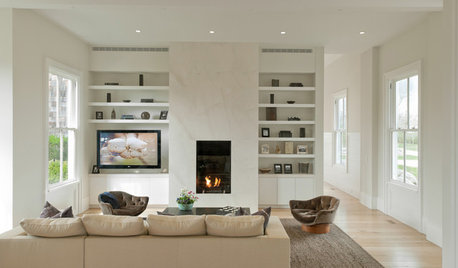
CEILINGS13 Ways to Create the Illusion of Room Height
Low ceilings? Here are a baker’s dozen of elements you can alter to give the appearance of a taller space
Full Story
KITCHEN DESIGNHow to Find the Right Range for Your Kitchen
Range style is mostly a matter of personal taste. This full course of possibilities can help you find the right appliance to match yours
Full Story





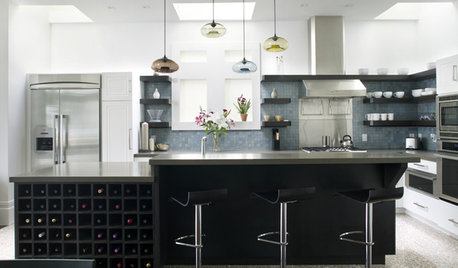


davidro1